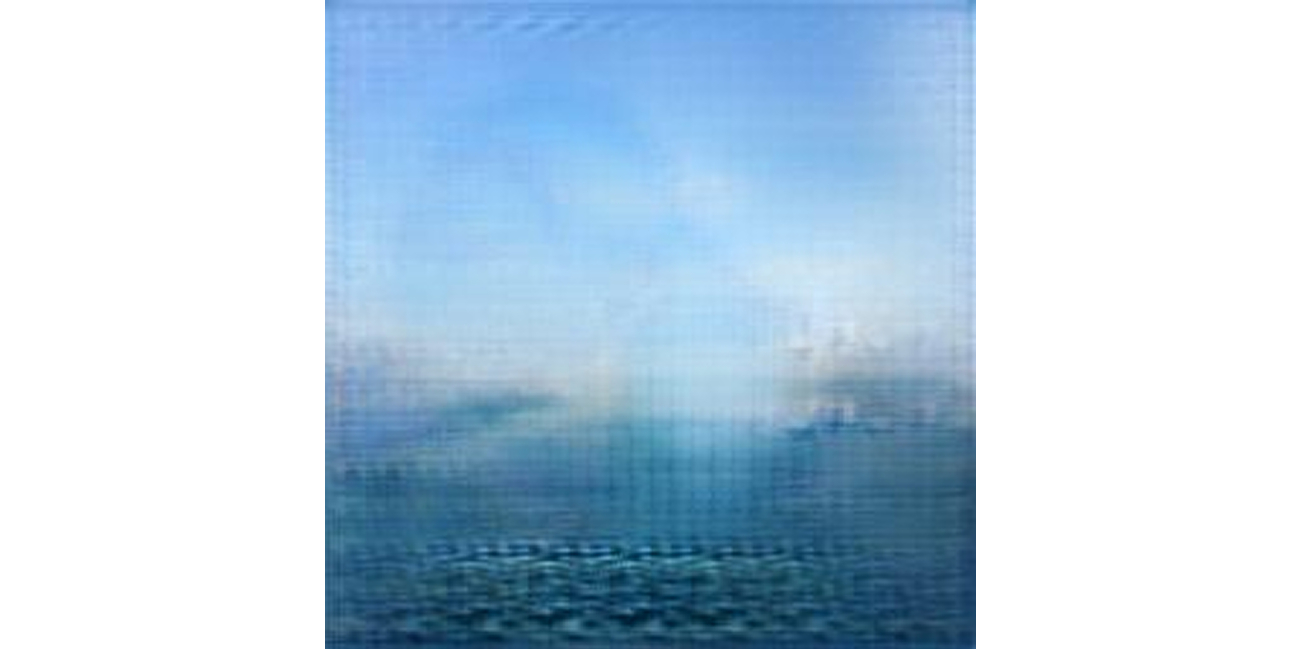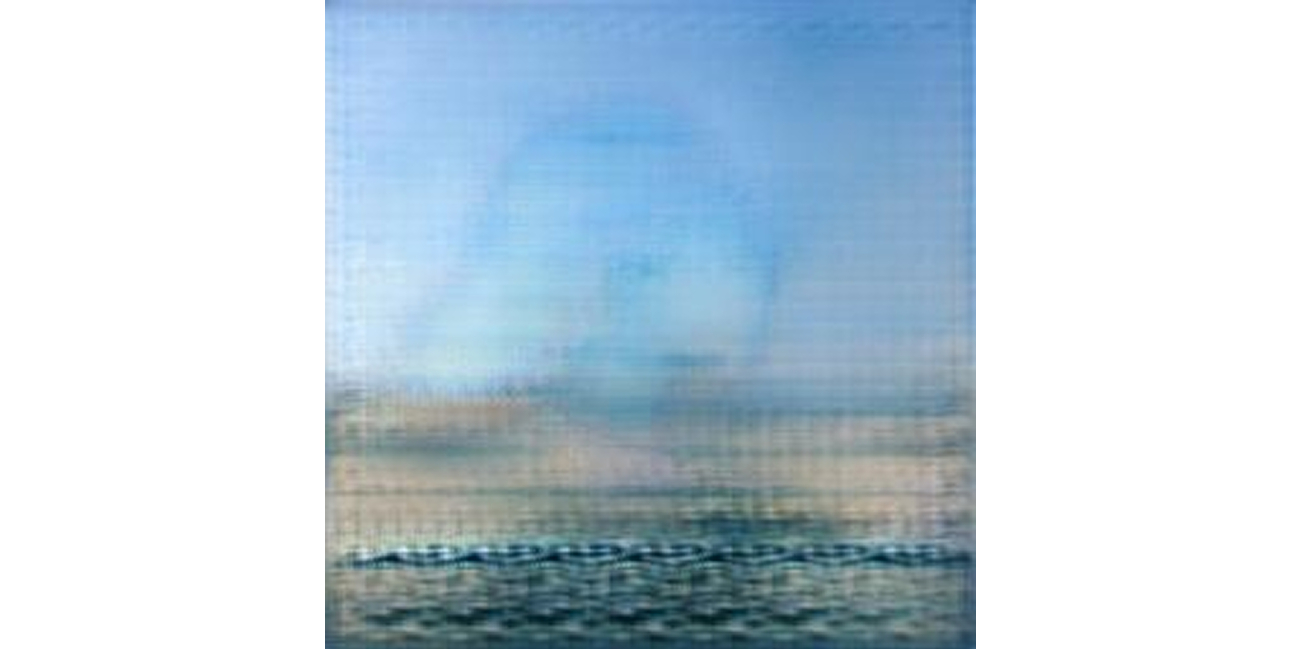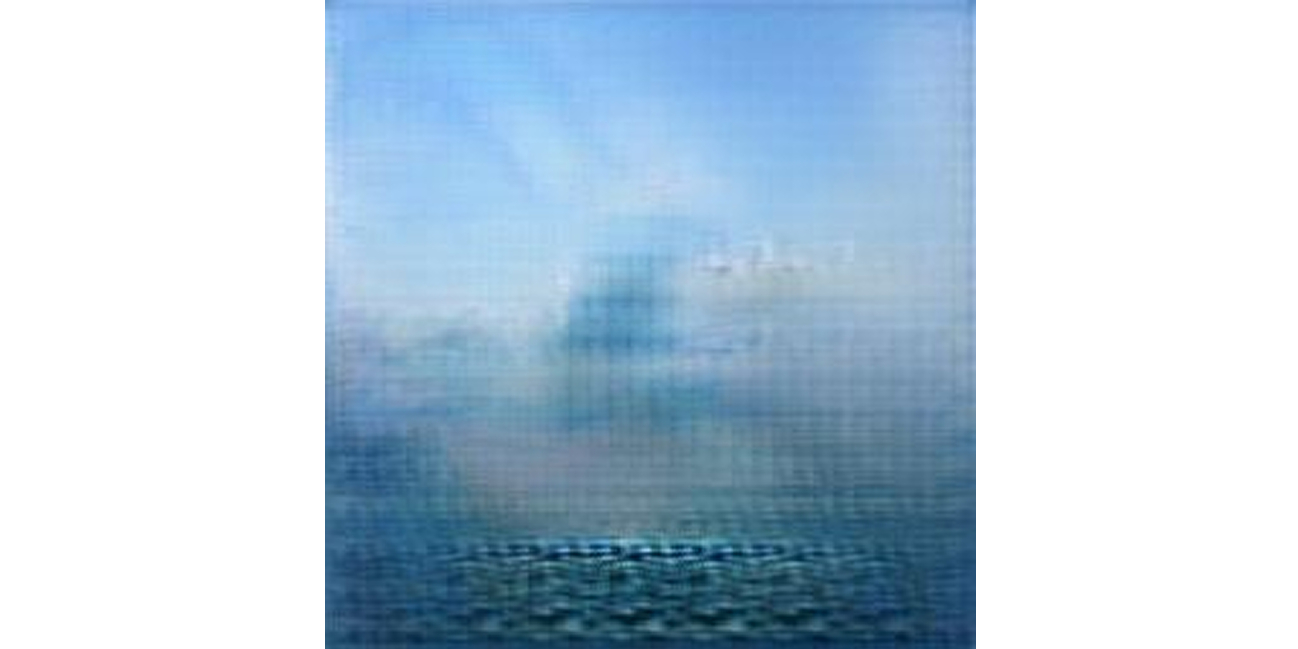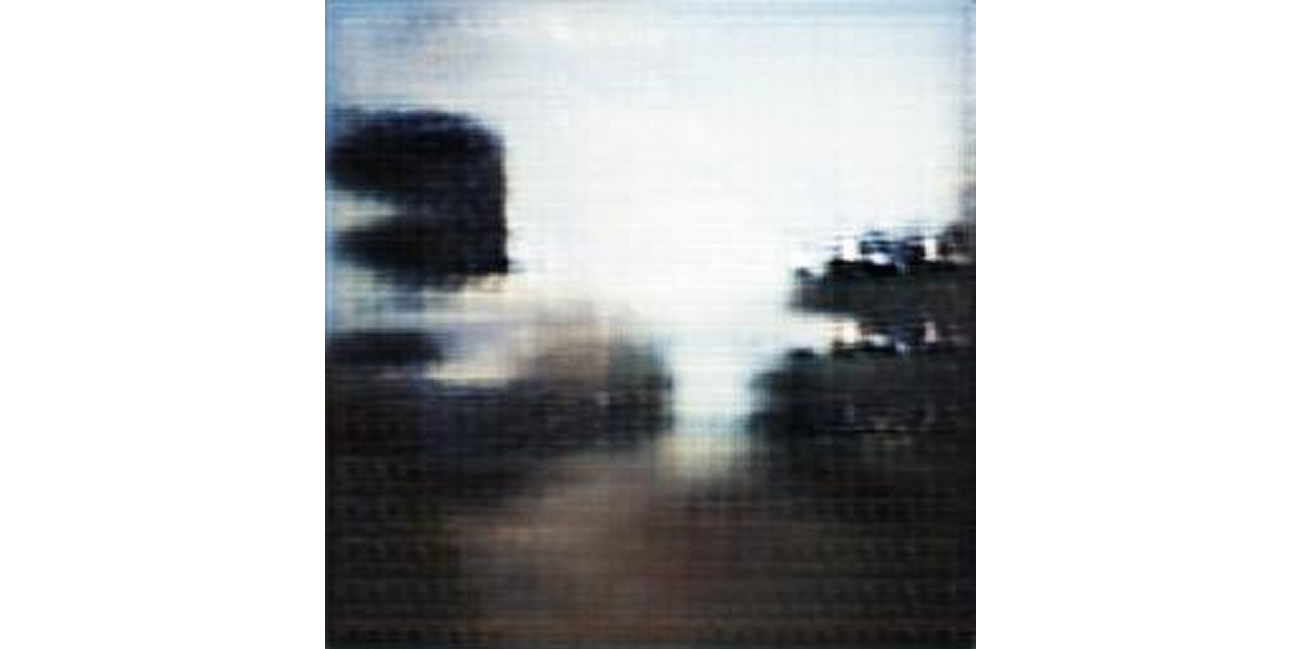Deep empty-Wide open
Valerie Messini(Austria) Postdoc Senior Scientist (University of Applied Arts Vienna)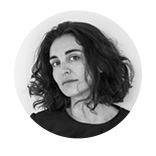
Valerie Messini(Austria)
| Postdoc Senior Scientist (University of Applied Arts Vienna)
In deep empty-wide open, the visual perception of empty images and their emotional impact is explored. This work is centered on visual calmness and expansiveness, with the aim of creating artistic depictions of digital-virtual voids. This effort seeks to mitigate the constant sensory overload prevalent in our digital era. The horizon, emblematic of emptiness and vastness, stands as the central motif. Using deep learning, a model was trained to create synthetic horizons that resonate with the artist's personal perception. These 'digital paintings' seamlessly blend human and machine artistry, drawing parallels with impressionist techniques. According to Peter Weibel, Impressionism was the first movement that reacted to the shift from body-centred to the machine-centred perception of space and time through its style of representation. The same applies to deep empty-wide open. The unusually small size of the images is caused by the algorithm used and positions the work in opposition to the 'obesity' of the ever larger and higher resolving image overload. The texture of the image also indicates the technology. The clearly recognizable pixels appear interwoven, the overall appearance is blurry. This indicates the homogeneous noise the algorithm proceeds from and tries to structure. At times, the profile of the artist subtly emerges within these images, highlighting the symbiotic relationship between the creator and the creation.
The project manifests as an interactive installation where the horizon images dynamically adjust in response to viewers' interactions. The installation comprises a screen and an iPad. The screen displays the AI-generated horizon. A pix2pix-GAN model, was trained to generate these synthetic horizons. Once trained, the model continues to produce new horizons. Exhibition attendees have the opportunity to interact with the model by uploading a selfie via the designated iPad. This synergy between the viewer and the artwork serves as a digital mirror to the artist's emotional state, resonating with Barnett Newman's philosophy that art offers individuals a sense of place and self-recognition.
The essence of this work challenges traditional notions of authorship and redefines the concept of a portrait in the age of AI-generated art.




